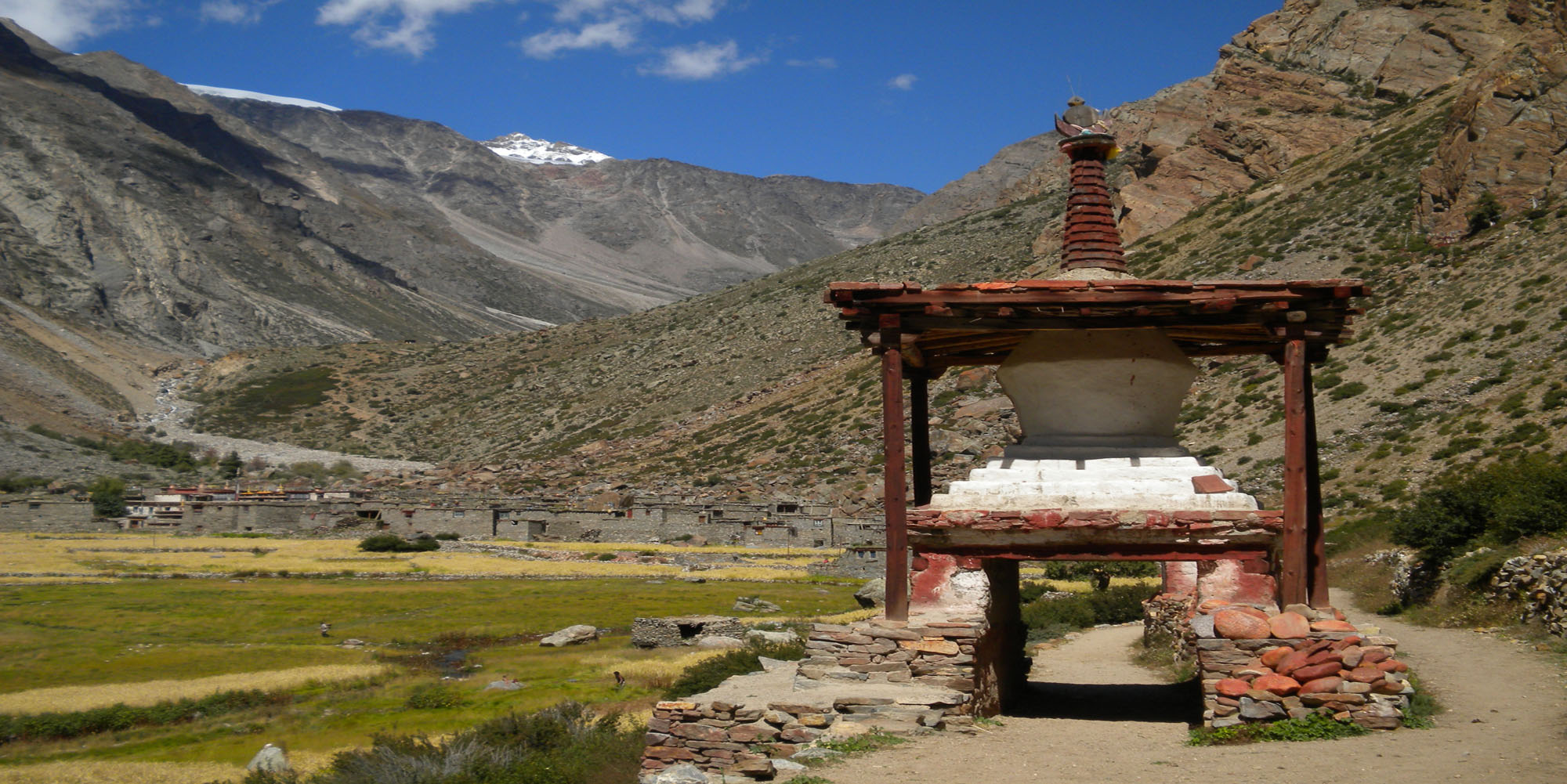Humla has traditionally been treated as the region to trek through on the way to Mt Kailash and Mansarovar. Reducing the fees to visit the Limi Valley has opened up this incredible region to those who want to experience an adventurous, culturally and scenically rewarding trek in the most remote corner of Nepal. Humla offers a rich tapestry of geography and culture, previously off-limits to trekkers. However, the region saw landslides and damage to buildings from the aftershocks that hit Nepal in the weeks following the 12 May terror.
In this impoverished far northwestern corner of the country, centuries-old migration paths have shaped a way of life cut off from the rest of Nepal. Nowhere in the Himalayas have Buddhists and Hindus lived together for so long without giving up the essence of their beliefs, values and codes of behaviour. In the lower reaches near the district capital Simikot, the Hindu Thakuris and Chhetris a living from the thin soil that provides barely one crop a year. Upper Humla is home to Bhotias, clever and boisterous traders who have used the proximity to Tibet to their best advantage.
Humla was once part of the western Tibet region known as Ngari. Present-day Ngari includes the Chinese village of Purang ( Better known by the Nepali name Taklakot), Guge and the `lost villages of Toling(Zanda)and Tsaparang on the banks of Sutlej River, but it once extended eastward to Upper Mustang. Much of Ngari was annexed by the great Malla empire administered from Sinja near Jumla. By 1789 the Gorkhas armies of Prithivi Narayan Shah had seized control of much of the Ngari region, including Humla. Taklakot is present-day Tibet was once part of Nepal. It is said that in 1959 the Chinese offered the people of Limi- settled by Tibetans over 800 years- 1000 silver coins to become part of Chinese Tibet. The villagers prayed to their protective goddess Alchi whose oracle told them to refuse the Chinese offer.
Trade via Taklakot remains an important focus for Humli traders, who have special trading passes that allow them to cross into Tibet without a passport. The kinds of goods being bought and sold have changed significantly over the years. The traditional salt for grain trade is being gradually replaced by the movement of mass-produced and manufactured food and consumer goods.

